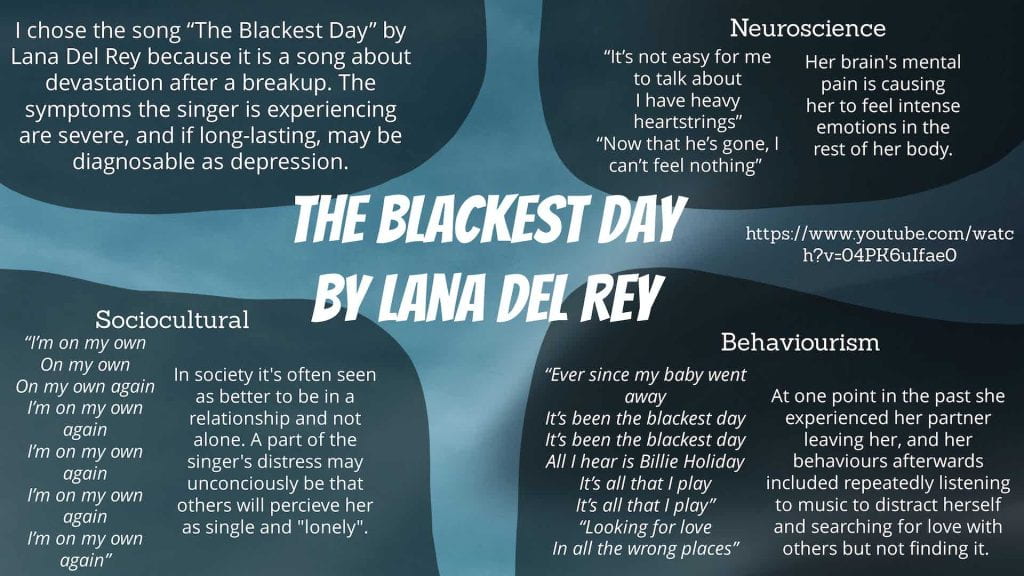To truly understand characters in Arthur Miller’s “The Crucible”, one only has to use Kohlberg’s moral perceptions for explanation and understanding. Kohlberg’s perceptions provide reasoning and explain the motives behind why humans may act in seemingly unusual manners. The three categories, which often take place chronologically throughout an individual’s life, are pre-conventional, conventional, and post-conventional. These categories are evidently relevant to the events that took place in the play and assist in providing context for the characters’ actions.
Many characters in “The Crucible” display pre-conventional manners. Pre-conventional characters behave in ways to avoid punishment or to obtain reward. John Proctor is a pre-conventional character. He demonstrates this when his wife, Elizabeth Proctor, tells him to go to the court and testify against Abigail Williams, and he replies that he will “think on it”. Elizabeth wanted John to say that Abigail’s claims of witchcraft were untrue. Although he knew that Abigail was lying, and that disproving her accusations could save innocent lives, he did not go to the court. He did this because he wanted to avoid his affair with Abigail coming to light. He was concerned she would announce that he is a lecher. Another character that acts to gain reward is Ann Putnam. She illustrates this when admitting that she “sent (her) child” to conjure up the dead with the help of Tituba, a slave woman from Barbados who practices voodoo. She acted this way in a desperate attempt to contact her seven deceased children that she lost in childbirth. She committed a sin to try and gain some kind of communication or closure with the many children she has lost. The final example of a pre-conventional character is Tituba. This is demonstrated when she “confesse(s) to witchcraft”. Although she was not a witch, she felt pressured to declare a false confession to keep her life. She invented pieces of information about her alleged sorcery. She lied because, had she not confessed, she would have been hanged.
The second of Kohlberg’s moral perceptions is conventional. There are also many characters in the play that behave in conventional ways. Conventional characters act in ways to fit in with a group or society. Betty Parris is a conventional character. She illustrates this when saying that she “saw George Jacobs with the devil”. This was a lie that Betty made up, simply to act identical to how all of the other girls were acting. Her accusation was an effort to conform with the group. Mary Warren also behaves in ways to act in accordance with her group. This is indicated when she says that she “thought (she) saw (spirits)”. In that moment, she was trying to withdraw what she had previously claimed. The reason that she lied about spirits in the first place was because that is what the other girls were doing. She wanted to comply with them. The last example is Mercy Lewis. This is shown when she, along with the rest of the girls, repeats Mary Warren’s speech by saying “Abby, you mustn’t”. The group of girls, led by Abigail, were pretending to be possessed by Mary and mimicking everything she said. Mercy played along with this fabrication to blend in with her peers.
The third moral perception, which is displayed throughout the play, is post-conventional. Characters in “The Crucible” act in post-conventional fashions. Post-conventional characters have a sense of values and beliefs. They are not influenced by punishment, reward, and group acceptance. Giles Corey is a post-conventional character. This is demonstrated when he asks for “more weight” while being pressed to death. He was given a slow and painful method of execution to try to make him plead guilty to witchcraft. Corey was so confident in his opinions that he chose to end his own life instead of going to trial and untruthfully confessing. He died completely sure of himself and his values. Another character that does things that align with their own beliefs is Elizabeth Proctor. She illustrates this when voicing her stance on witches: she thinks that “there are none”. She went against the church and gospel to stay truthful to herself. She was one of the first to have the courage to voice her opinions on the subject that was generating chaos and controversy throughout Salem. The final example is John Hale. Hale convinces a number of Christians to lie and produce false confessions, even though “a sin is double on a minister”. He sacrificed his own eternity to allow others to go to heaven. He was willing to commit a sin and spend the entire afterlife burning in hell for the sake of saving others. He was valiant in his commitment to his altruistic beliefs.
By applying Kohlberg’s three moral perceptions to “The Crucible”, we can observe clear reasons for many of the characters’ behaviours. It is beneficial to use these principals as an aid in analyzing these characters thoroughly. This essay discussed how during different instances throughout the play, the characters mentioned behaved in pre-conventional, conventional, and post-conventional manners. These three perceptions clearly justify the actions made by the characters and reveal their true natures. Through the moral perceptions of Lawrence Kohlberg, we can reach a thorough level of comprehension of “The Crucible”.









